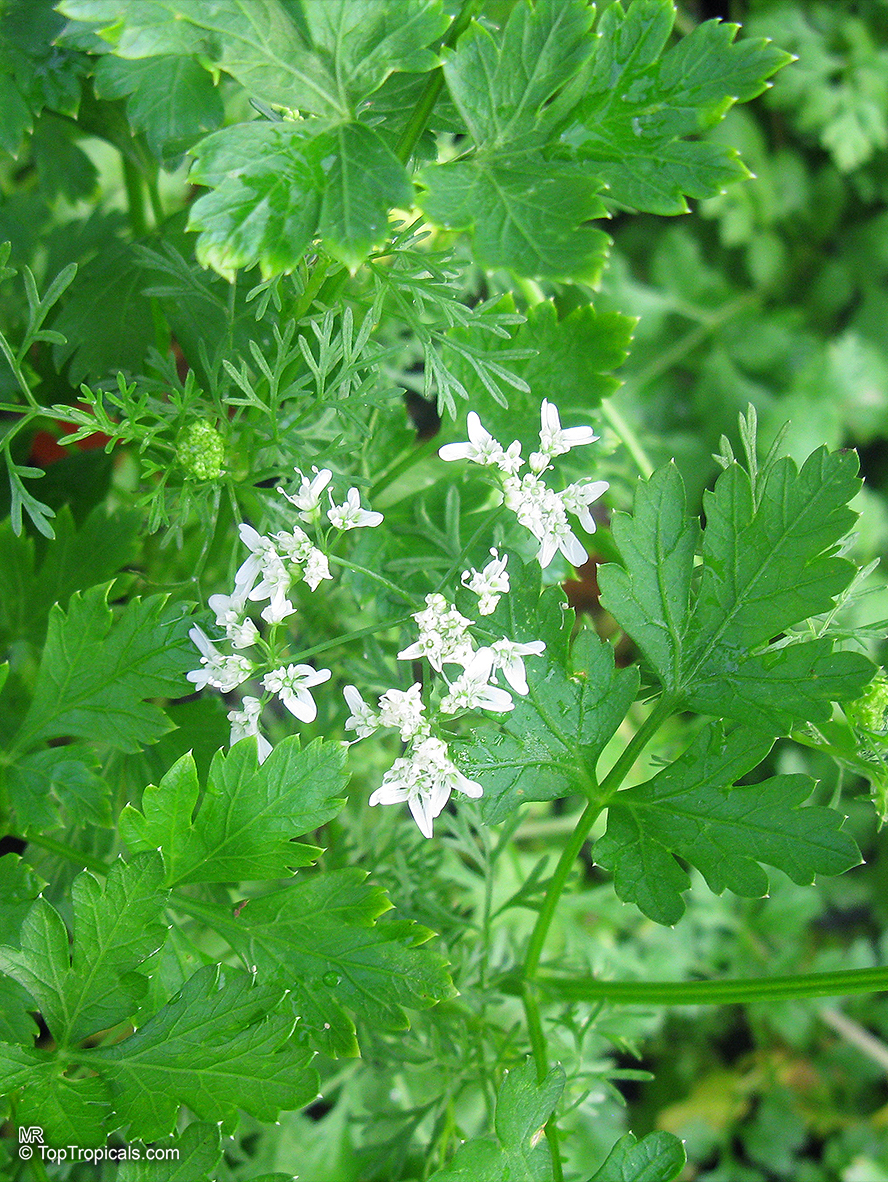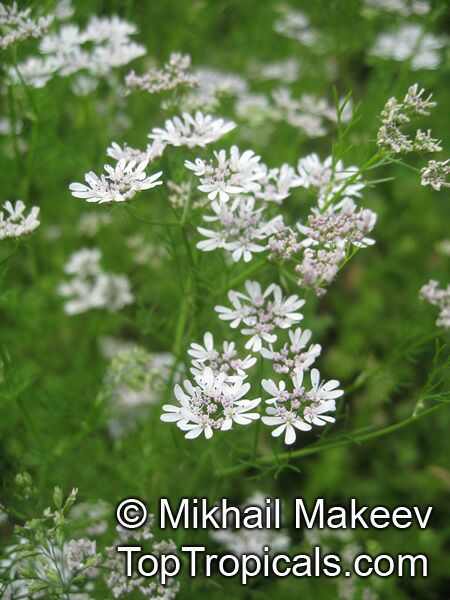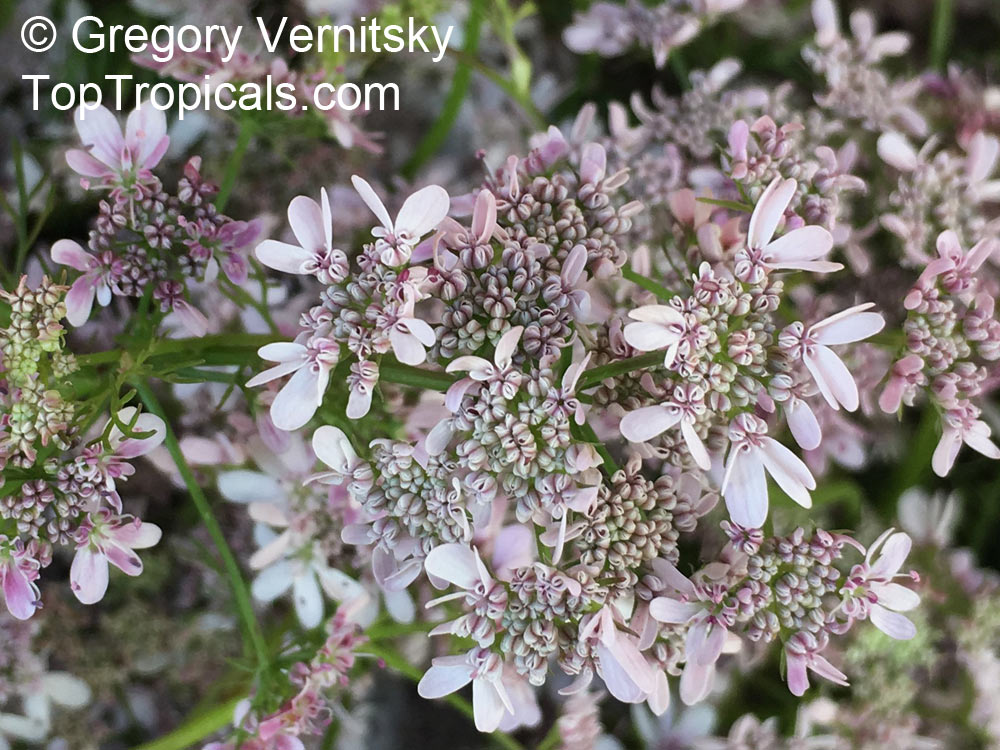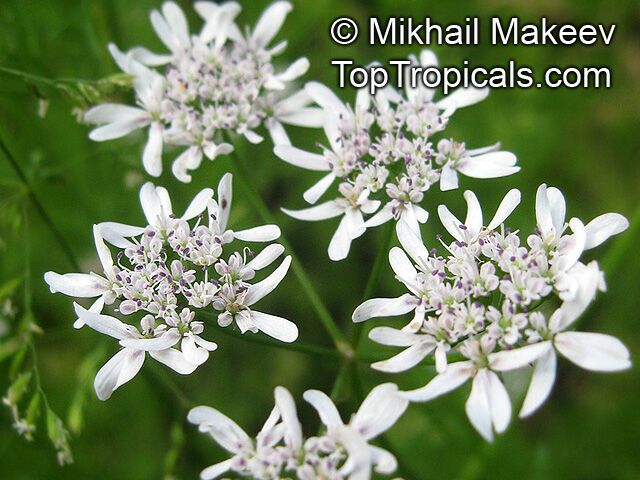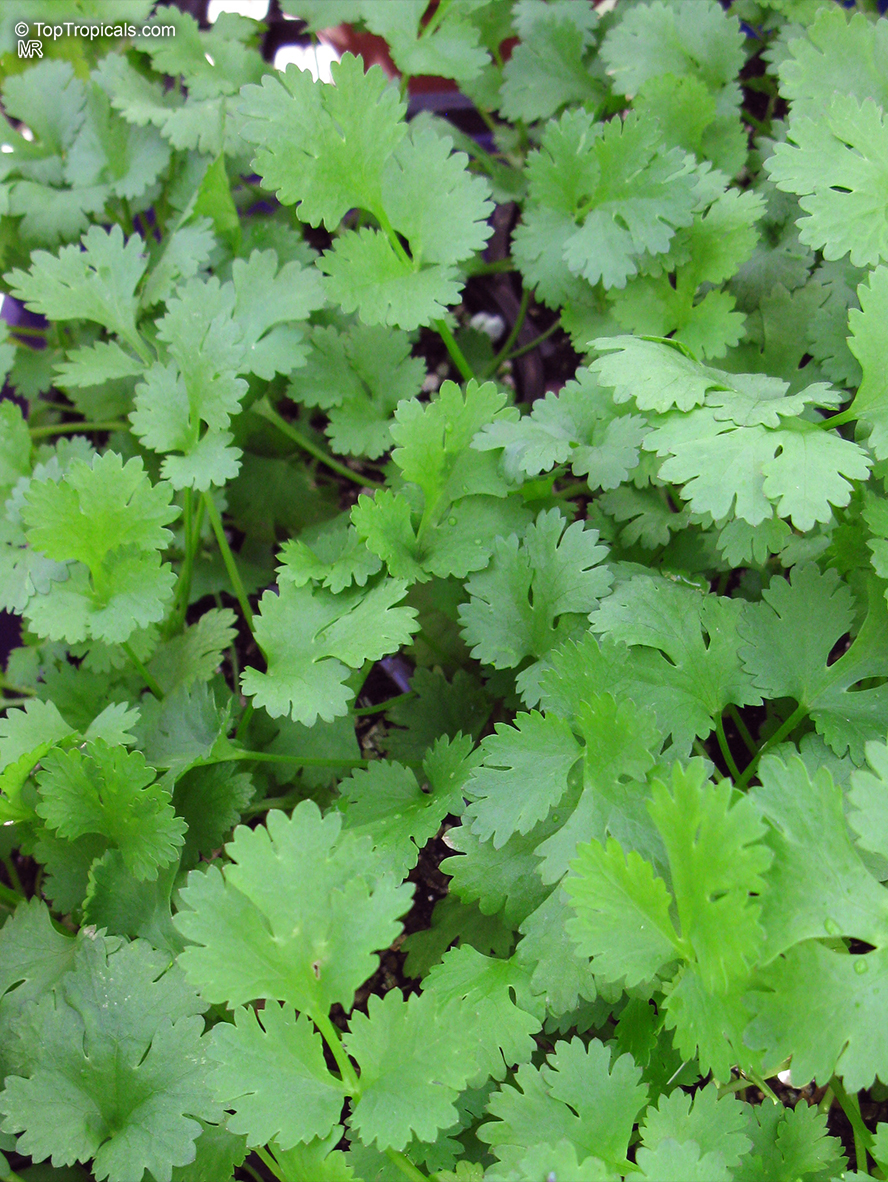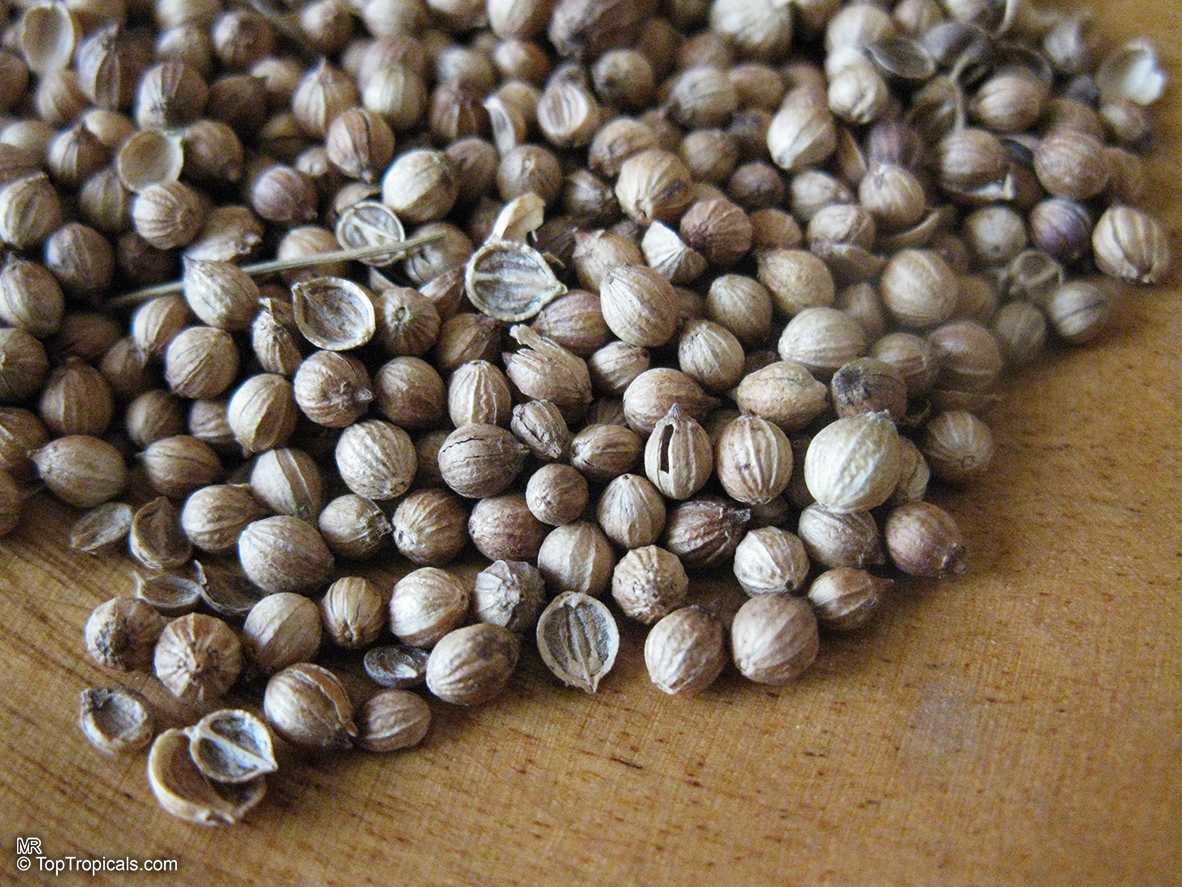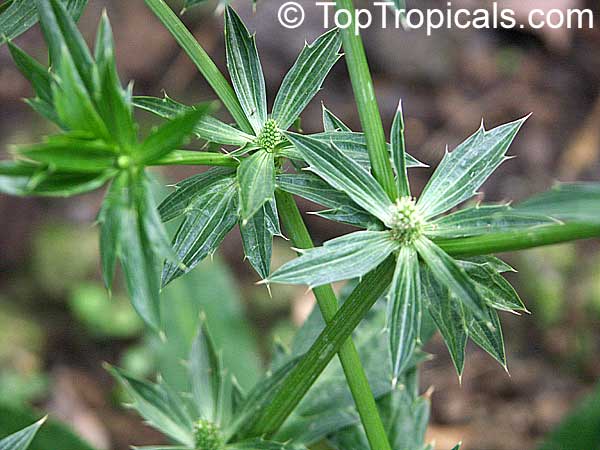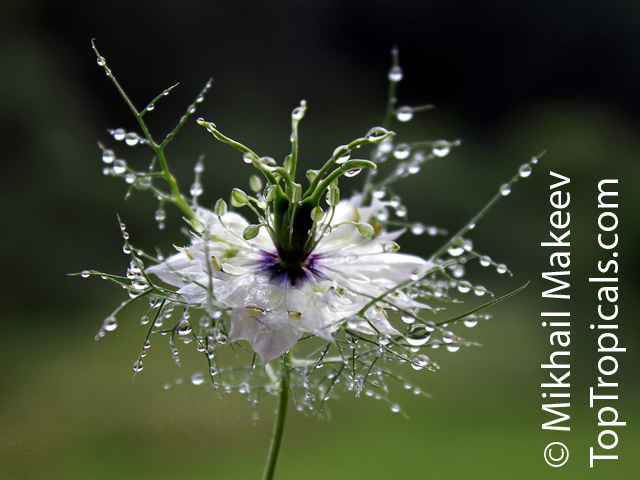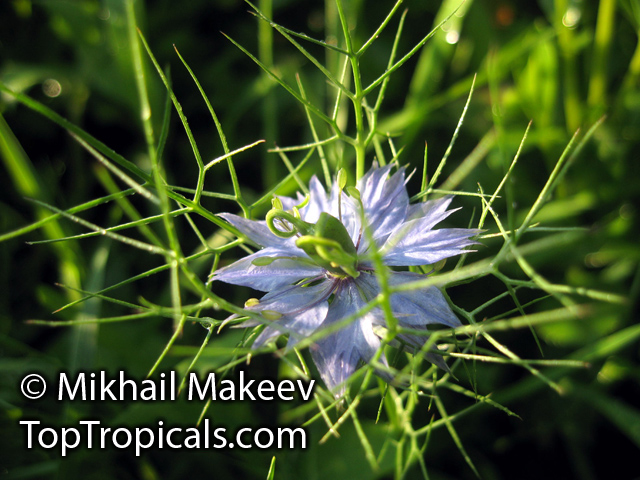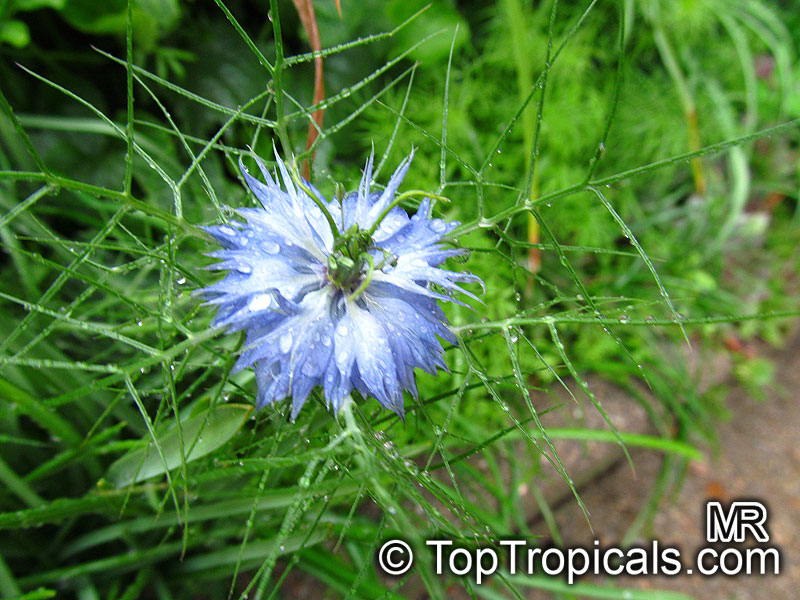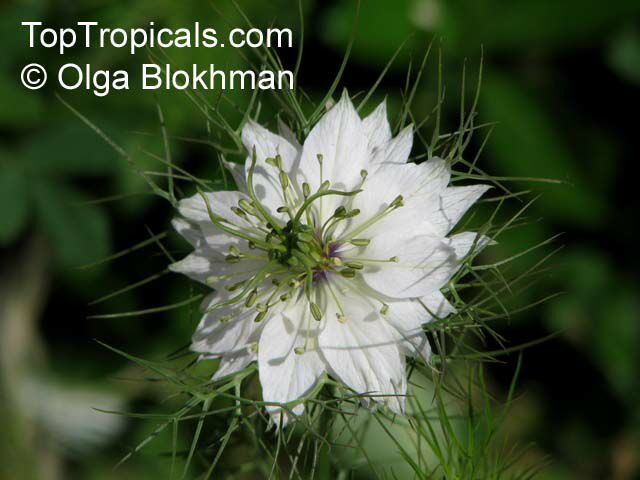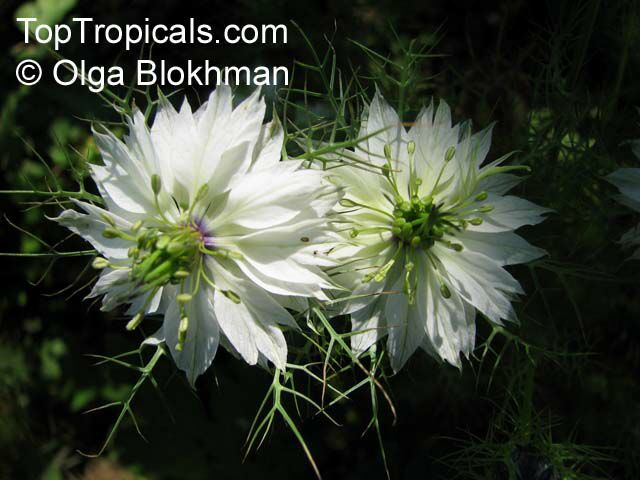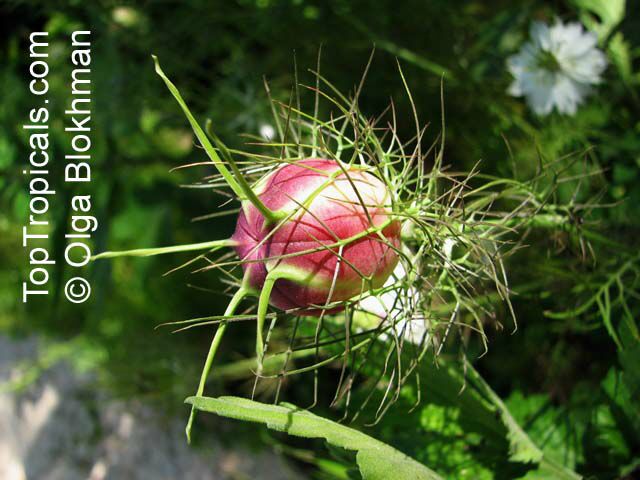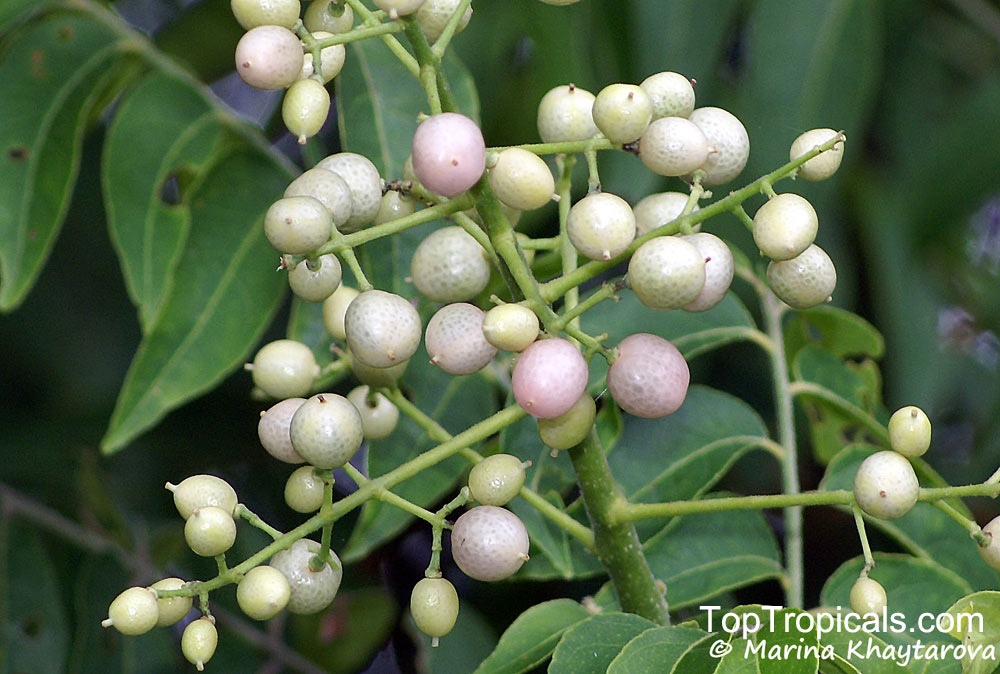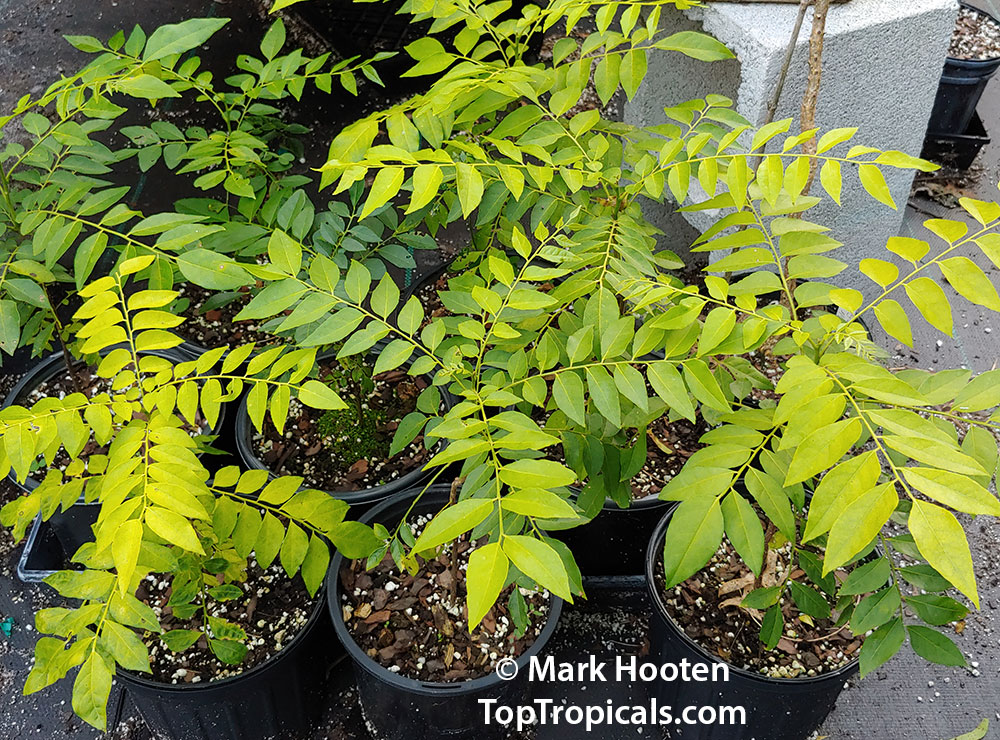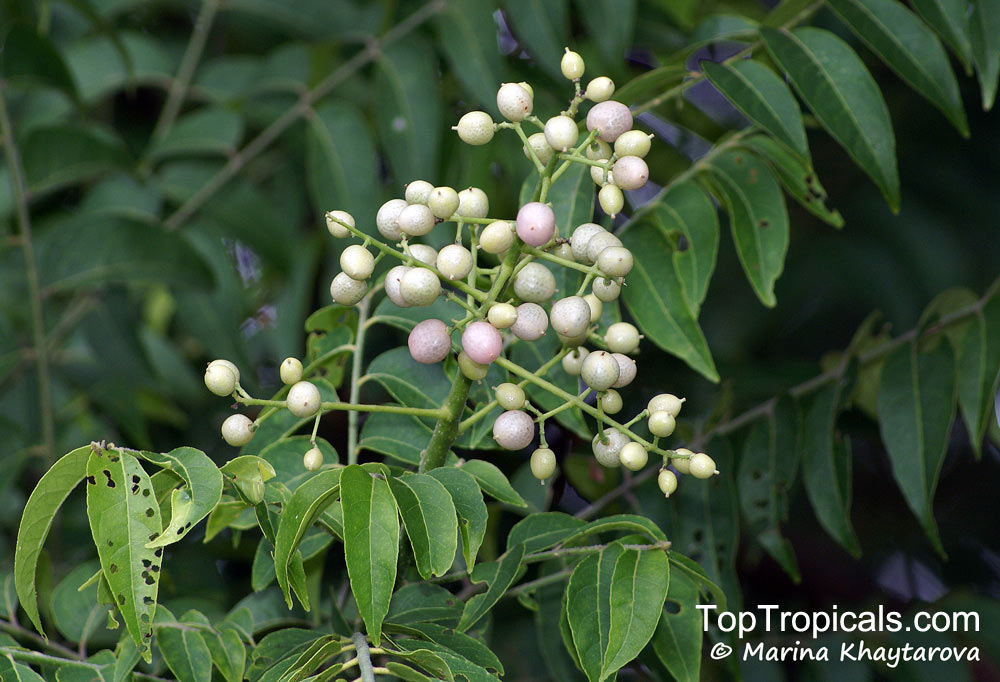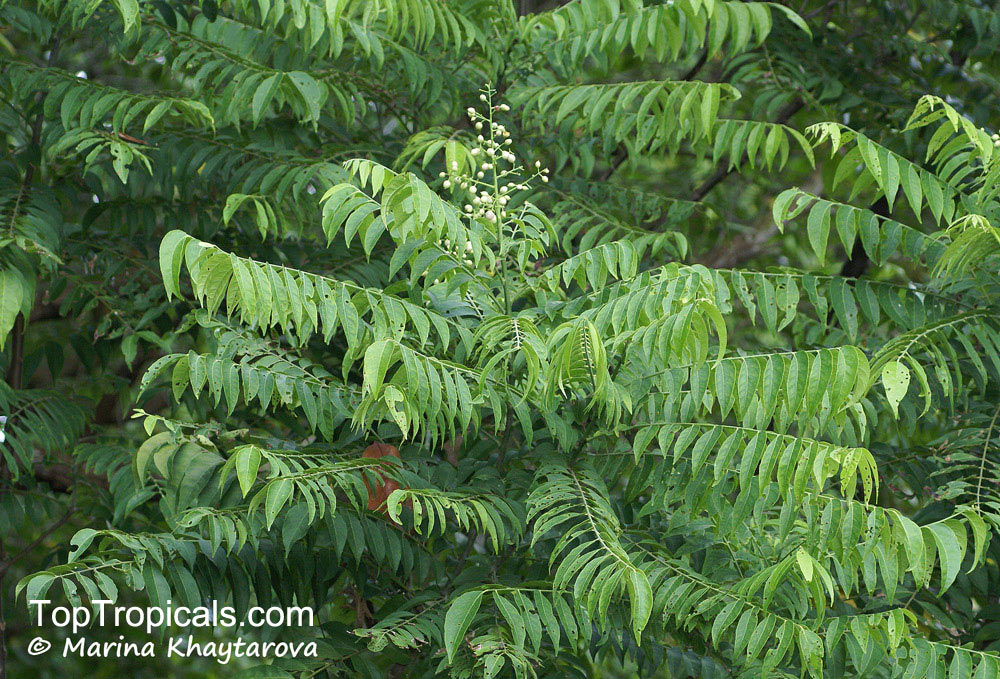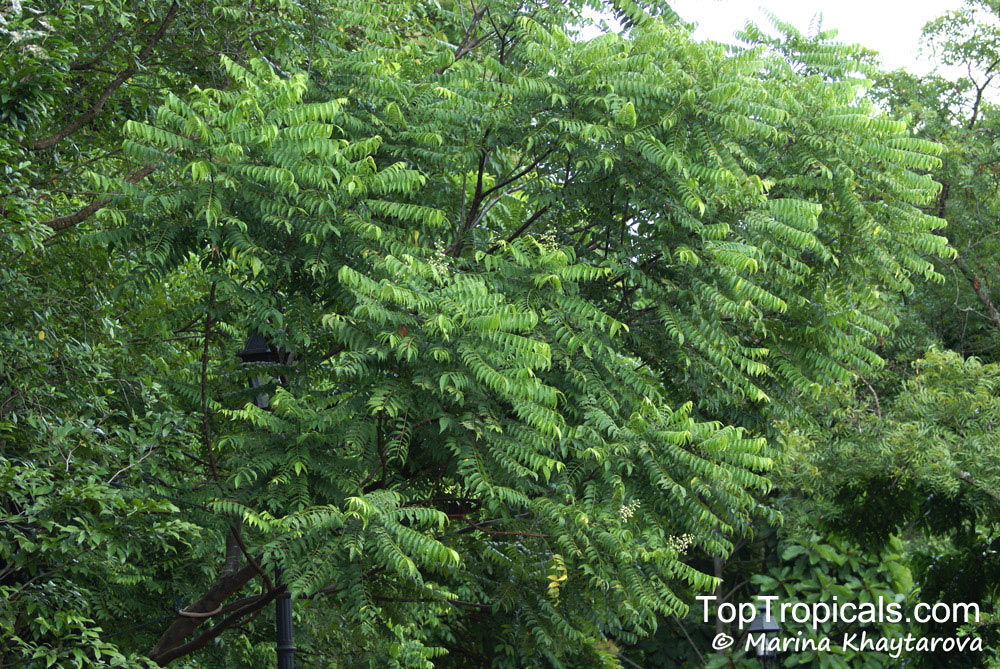Coriander - Search results
Top Tropicals Plant Encyclopedia
| Number of plants found: 4 |
Botanical name: Coriandrum sativum
Common names: Coriander, Cilantro, Ketumbar
Family: Apiaceae / Umbelliferae
Origin: Mediterranean











Coriandrum sativum is an annual herb.
The lower leaves of coriander are lobed and look a little like parsley. The upper leaves are finely dissected into linear segments and almost fernlike. The flowers are borne in small umbels, white or very pale pink, asymmetrical.
Fresh leaves (Cilantro) provide an exotic tang in Asian dishes. The dried seeds (Ketumbar) are used in curry powders, chutneys, confectionery, cakes and sauces.
Botanical name: Eryngium foetidum
Common names: Fitweed, Culantro, Long coriander, Mexican coriander
Family: Apiaceae / Umbelliferae
Origin: Caribbean








Fitweed is an annual tropical herb, indigenous to the Amazon rainforest and other tropical areas of the Americas. It grows best under moist, shaded conditions near cultivated areas. Culantro or long coriander as it is called, is often mistaken for its relative, coriander (cilantro). Fitweed is a herb with a pungent odor; the leaves have toothed margins and they grow in a basal rosette pattern. Culantro is rich in iron, carotene, riboflavin and calcium. This plant is widely used as food flavoring and seasoning herb for dishes and chutney in the Caribbean; it is popular in Asia for food use. Culantro has also applications in herbal medicine: as a tea for diarrhea, flu, fevers, vomiting, diabetes and constipation. Propagation: seeds. Grown in shady and moist spots, well drained soil. Can be planted in pots for indoor use in the cooler zones.
Botanical name: Nigella sp.
Common names: Roman Coriander, Black Cumin, Nutmeg Flower, Love-in-a-mist
Family: Ranunculaceae
Origin: Western Asia











Nigella sp. (Roman Coriander) is an annual flowering plant. It grows to about 2-5 ft tall and needs semi-shade to full sun and moderate water. They can be grown from seed or from root division. The plant is hardy to at least Zone 4.
Nigella sp. produces a range of delicate flowers in shades of blue, lavender and purple, as well as off-white and pink. It is an edible plant, often used as a spice or herb. It has ethnomedical uses, with research indicating that the seeds can aid in digestion, reduce inflammation, and support mental wellbeing. The plant produces fruit in the form of an inflated capsule, filled with numerous seeds. It is believed that each plant can produce up to a hundred of these capsules, offering a high yield of seeds.
The seeds are highly valuable and are often used in cooking and baking, as condiments and even in teas. They are known to be a rich source of essential nutrients, antioxidants and vitamins, and are popular for their medicinal properties.
According to an Arab Proverb it is said that, "in the black seed is the medicine for every disease except death." Nigella damascena has been grown in English cottage gardens since Elizabethan times, commonly called Love-in-a-mist.
Botanical name: Clausena excavata
Common name: Pink Lime Berry
Family: Rutaceae
Origin: Southeast Asia








The Clausena excavata tree is a small tree which grows 10-20 ft tall and requires full sun and regular watering to thrive. While some adaptations make it moderately drought tolerant, it needs regular waterings and can not survive extended periods of drought. It is a great choice for gardeners in USDA Zones 9-11.
The pink lime berry itself is very fragrant and can be used to flavor a variety of dishes, as well as for decorating. Its leaves also have a powerful, curry-like smell when crushed and are even edible. Those looking for a medicinal herb will find Clausena excavata to be a great choice, as its bark, branches, and roots are used as a potherb for a vast array of ailments.
Clausena excavata produces many edible berries with a juicy, sweet and citrusy taste, with hints of fennel, coriander, licorice, and coffee, making them great for garnishing dishes. Besides being rich in flavor, the berries are also a great source of essential nutrients and vitamins. They are also high in antioxidants and known to improve digestion and boost the immune system. The berries are usually harvested after they ripen and turn translucent and pink. Clausena excavata will produce an abundant crop of fruit if grown in the right conditions and can produce up to a hundred berries off a single plant.
In cold regions, Clausena excavata will grow well if planted into a pot and kept indoors during the coldest times of the year. It will be most hardy to temperatures as low as 30F for a short time. As temperatures dip below this, it will need to be brought indoors before it may suffer from frost damage. During the spring and summer, it can be placed outside to benefit from the sun and regular waterings.
Use link to repeat this search:
https://toptropicals.com/cgi-bin/garden_catalog/cat.cgi?find=Coriander&search_op=and&keyword_op=and&language=e&number=10
&no_change_lang=1&user=tt&sale=1&first=0
